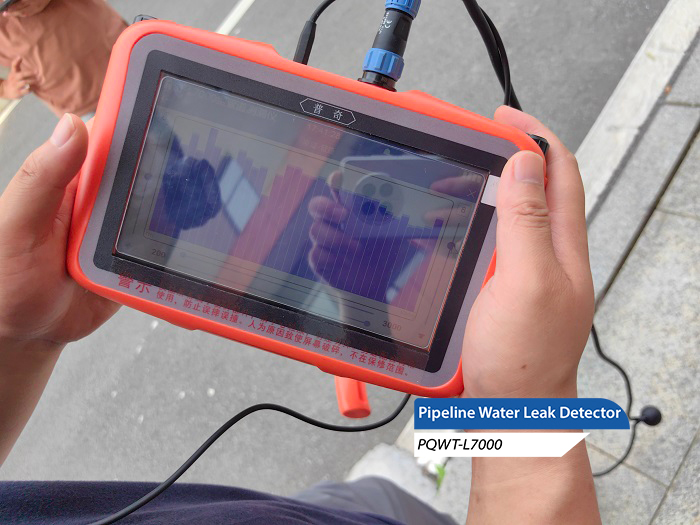I. Introduction

In modern urban construction, fire pipeline as one of the important infrastructures, its safety and reliability are directly related to the safety and stability of the city. However, due to a variety of factors, fire pipelines inevitably have water leakage problems, which not only wastes valuable water resources, but also may cause adverse effects on the surrounding environment. Therefore, it is of great practical significance to deeply analyze the causes of water leakage of fire pipelines and explore effective detection means.
Second, the analysis of fire pipeline leakage causes
1. Natural aging and rust
Fire pipeline buried in the ground for a long time, by the soil acidity and alkalinity, humidity and other factors, easy to occur natural aging and rust. This aging phenomenon will lead to pipe wall thinning, strength reduction, and then water leakage phenomenon.
2. Pipe connection problems
For the use of PE pipe and other new materials for fire protection pipeline, its connection technology is relatively complex, the connection parts are prone to cracks or loose, resulting in water leakage. In addition, the aging and failure of sealing materials at the pipeline connection is also an important cause of water leakage.
3. Changes in geological conditions
Changes in geological conditions, such as earthquakes, foundation settlement, etc., will lead to the pipeline being squeezed or stretched, resulting in deformation or cracks in the pipeline, which in turn triggers water leakage.
4. External corrosion and pressure
The corrosive effect of chemical substances and microorganisms in the soil outside the pipeline, as well as the sudden increase in external pressure, will lead to damage to the pipeline wall and water leakage.
5. Construction problems
Newly laid fire pipeline in the construction process, due to improper operation, material quality is not qualified and other reasons, may lead to pipeline damage or water leakage problems.
Third, the sound wave pipeline leak detector technology application
For the fire pipeline leakage problem, acoustic pipeline leak detector technology provides an effective solution. This technology can quickly and accurately locate the leakage point by detecting the acoustic signal generated by the leakage, and provide strong support for pipeline maintenance.
1.Formation and propagation of water leakage sound wave
When there is a water leakage in the fire pipeline, due to the role of the pressure difference between the inside and outside of the pipeline, the water will flow out of the damaged area at a certain speed, forming water leakage sound waves. These acoustic signals will propagate along the pipeline direction, and spread to the surrounding through the soil and other media.
2. Principle of acoustic pipeline leak detector
Acoustic pipeline leak detector can determine the location and size of the leakage point by receiving and analyzing these acoustic signals. pipeline leak detector usually includes sensors, signal processors and displays, etc. The sensors are used to receive acoustic signals, the signal processors process and analyze the signals received and the displays are used to display the detection results.
3. Detection Methods
In fire protection pipelines, since the pipelines are connected in sections, it is necessary to find the section valves and close them one by one to narrow down the detection range. Then, the acoustic pipeline leak detector instrument is used to scan above or around the pipeline to locate the leakage point by receiving and analyzing the acoustic signal.
IV. CONCLUSION
Fire pipeline leakage is a complex and important problem that requires us to analyze and solve it from several aspects. Sonic pipeline leak detector technology, as an effective detection means, can quickly and accurately locate the leakage point and provide strong support for pipeline maintenance. In the future work, we should further study and promote this technology to improve the safety and reliability of fire pipelines.








